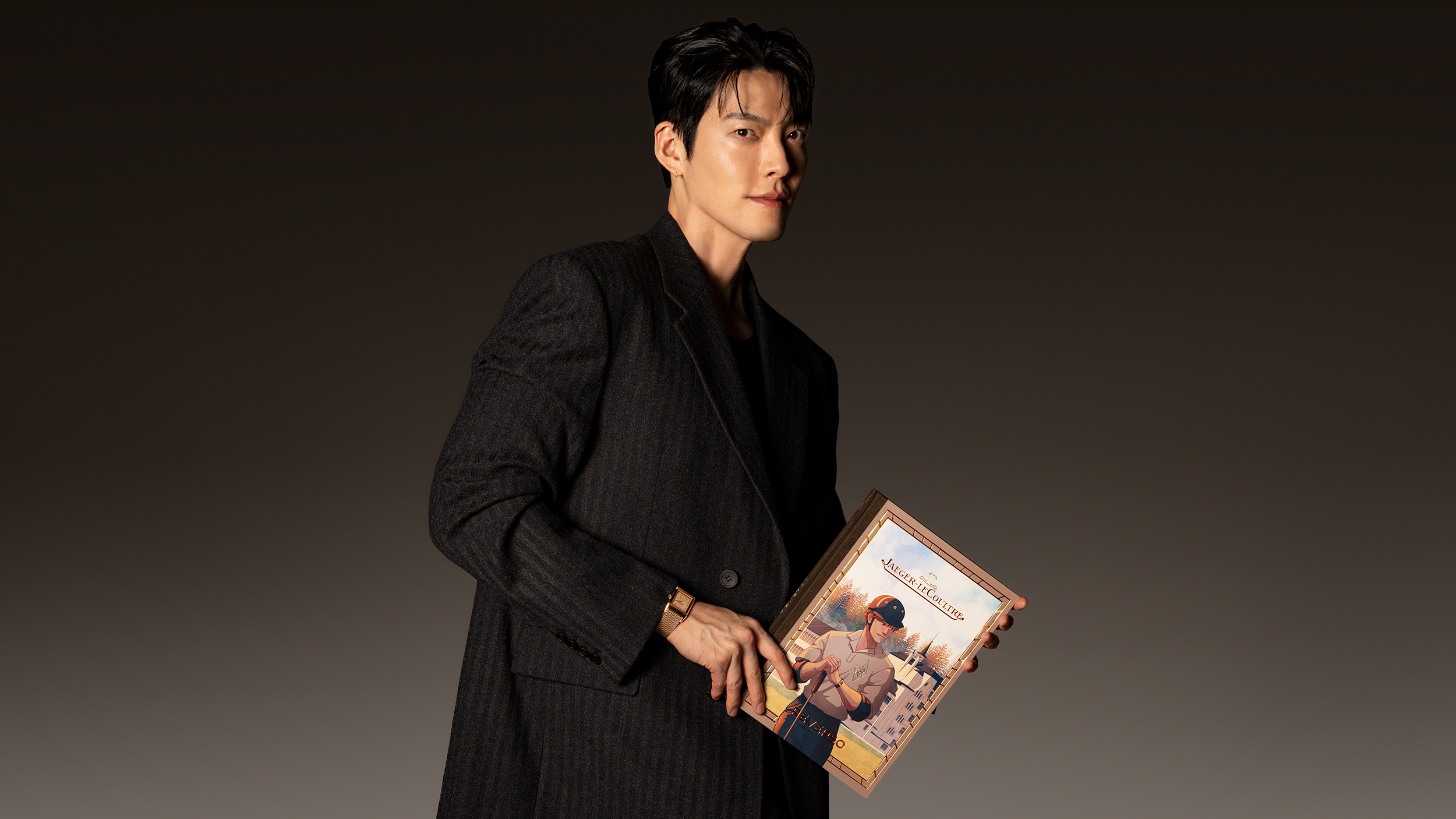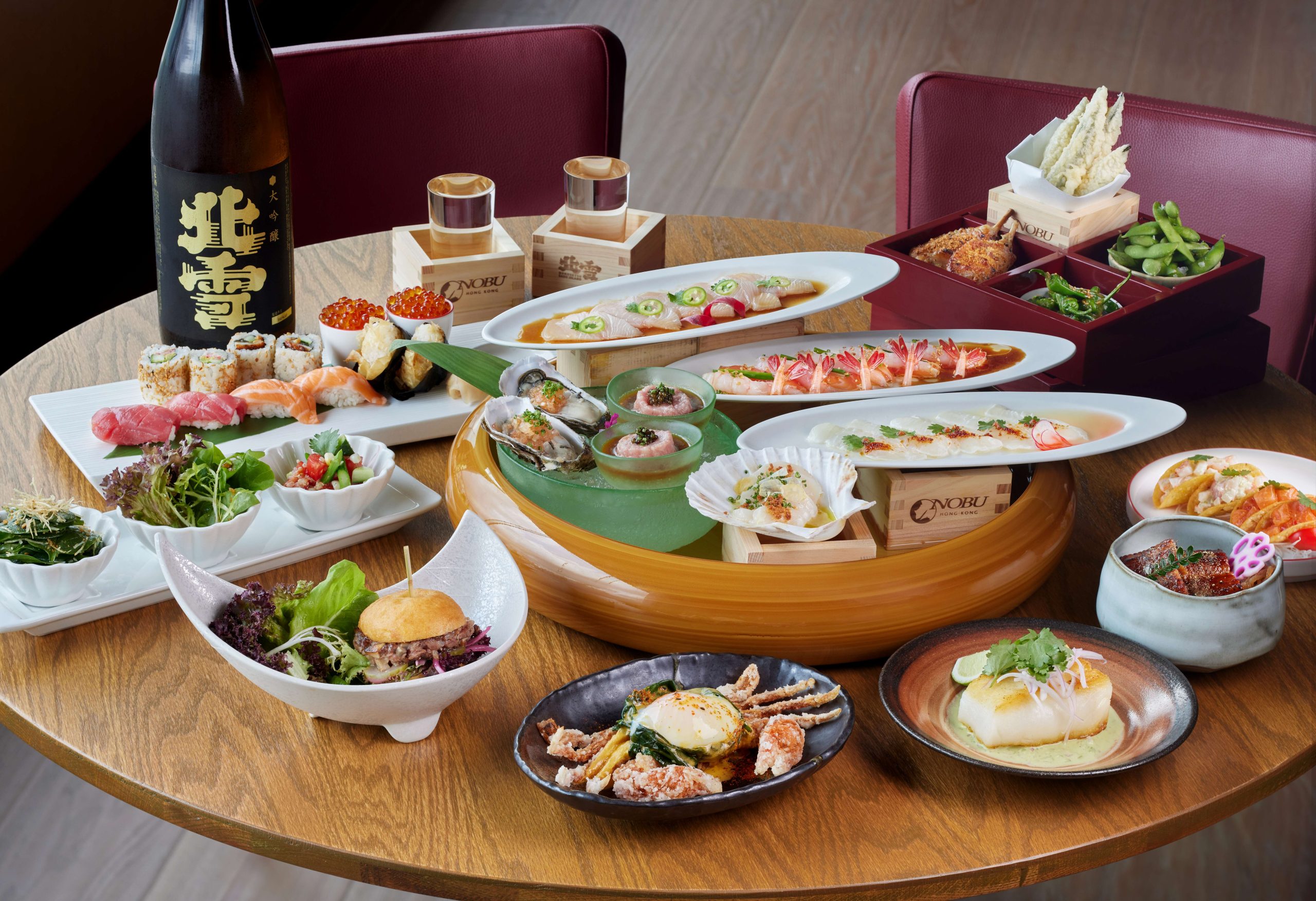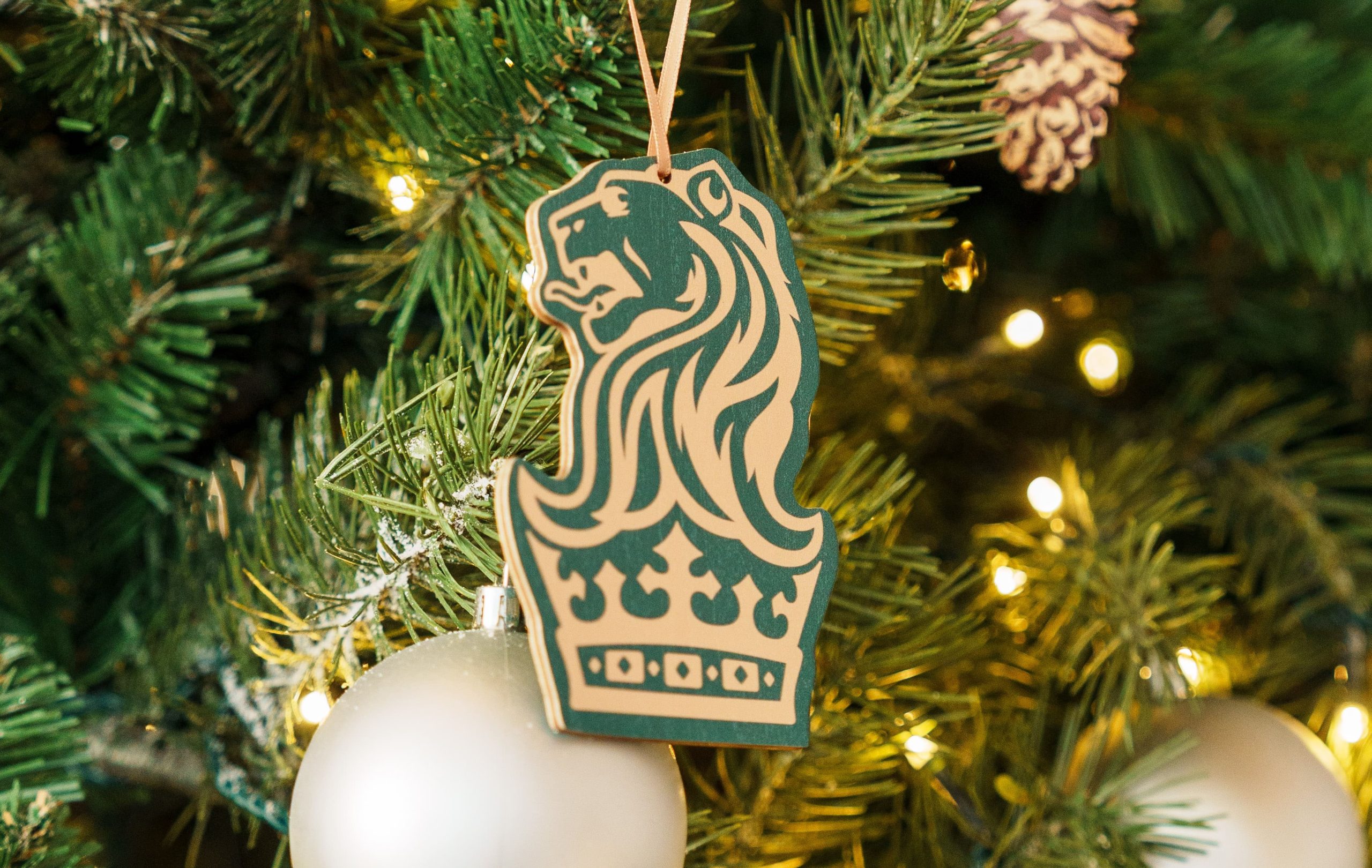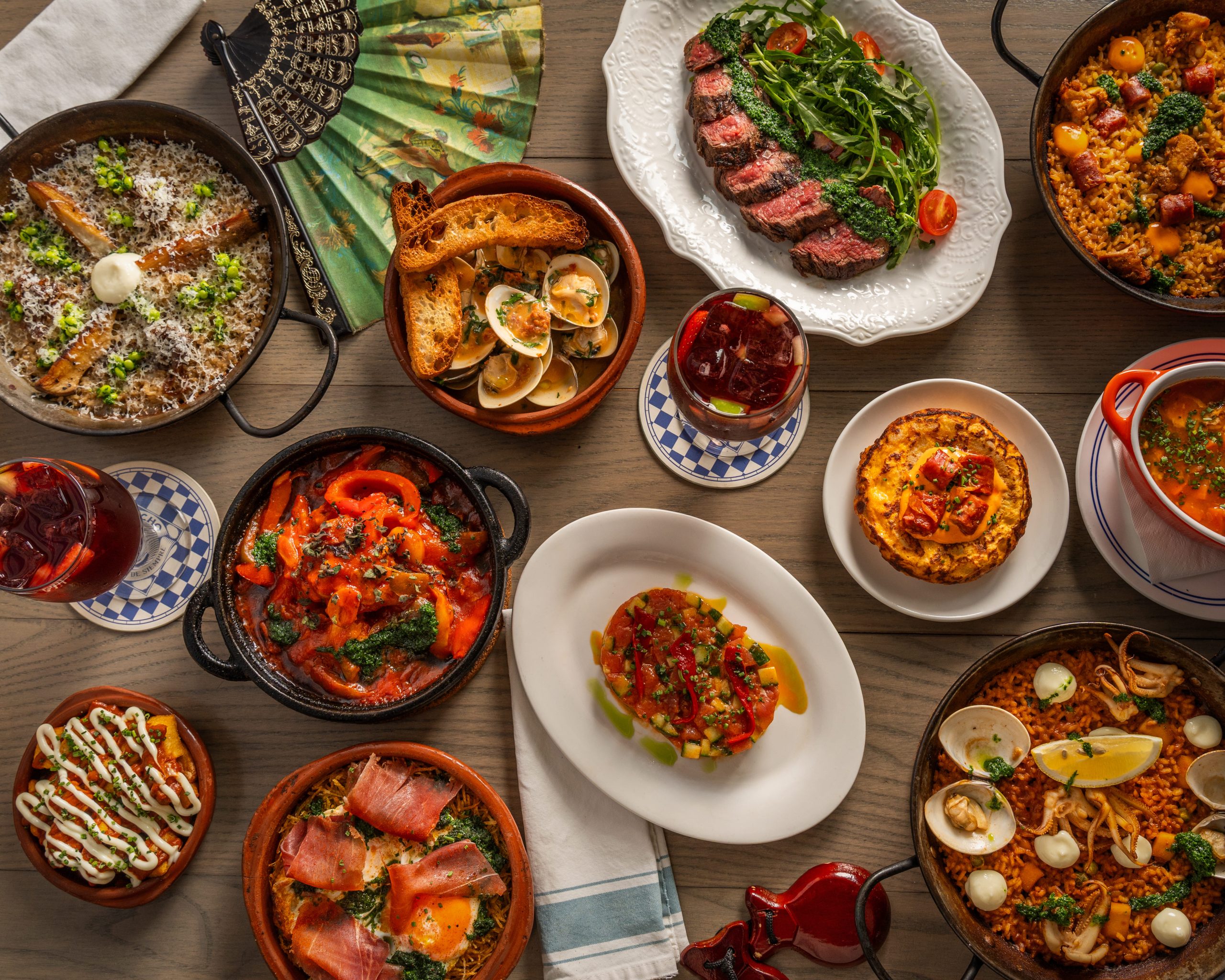Ballet-inspired fashion brand Alainpaul is the newest label to hit the racks at Joyce Hong Kong. Co-founders Alain Paul and Luis Philippe speak to Zaneta Cheng about why they’re not looking to disrupt the industry, what luxury means to their brand, and why honesty and sincerity are the key to their creativity
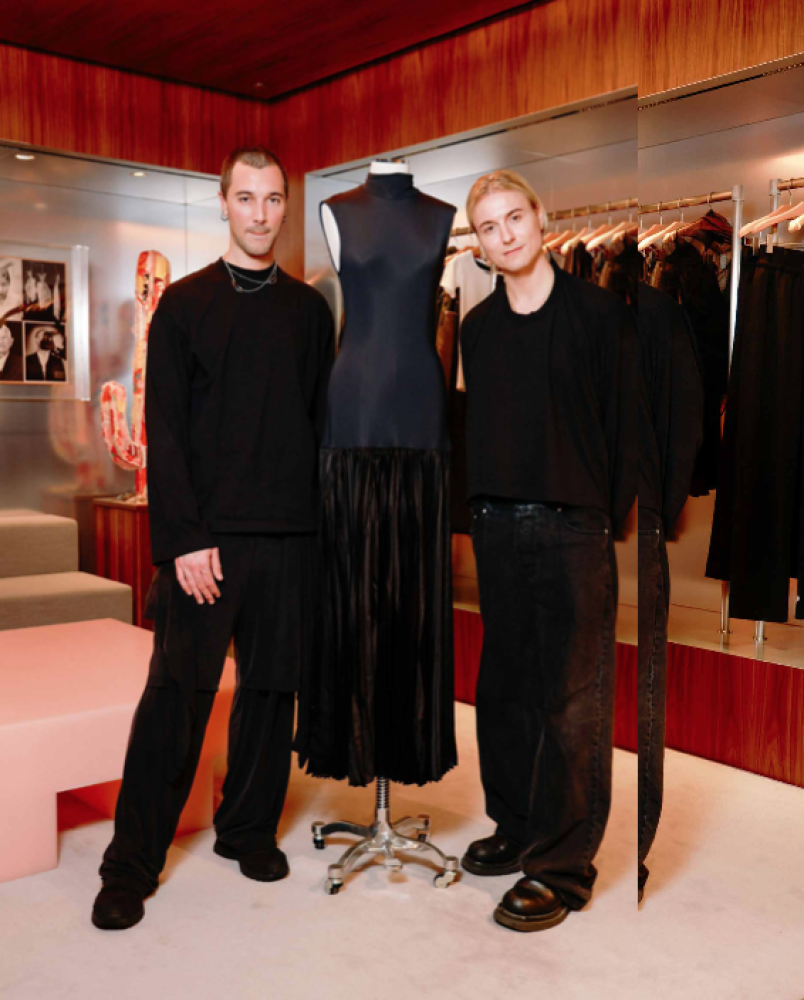
With the balletcore aesthetic still trending hot and hotter on the Gen Z TikTok feed, those looking for a more nuanced perspective on the classic art form can now stock their wardrobes with Alainpaul. Launched by Alain Paul and his husband Luis Philippe in 2023, the brand, stocked at Joyce Hong Kong, delivers a subtler take, drawing from Paul’s years as a professionally trained ballet dancer. After leaving the Opéra Ecole National Supérier de Dance de Marseille at the age of 18, Paul decided to pursue a degree in fashion in Paris with subsequent stints at Vetements in 2014 working under both Demna and Guram Gvasalia, and Virgil Abloh’s Louis Vuitton between 2018 and 2022.
“It was a project we’ve been wanting to make happen for the past seven years,” says Philippe of Alainpaul. “At the time, Alain was at Vetements and I was working at Colette. Creating this brand was a dream of Alain’s. I went to business school in Portugal before moving to Paris and I thought it would be something interesting that we could build together, but it wasn’t the right time because we were too young and we couldn’t afford it.”
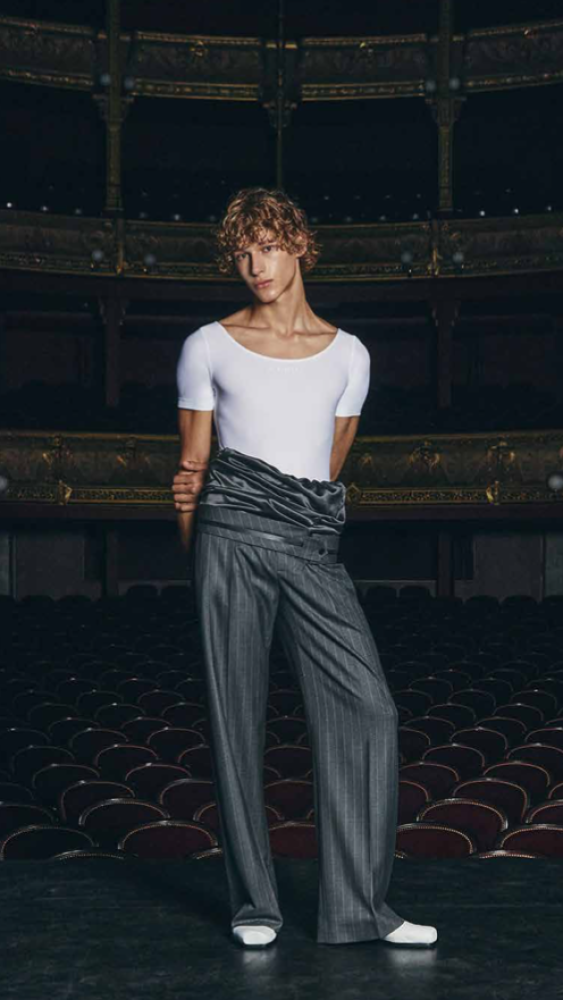
Five years later, having saved enough money, the pair began to build the brand using some of the highest- quality mills with fabrics being supplied from Italy, Japan and England, and pieces being made across Italy, Portugal, Paris and Belgium.
Luxury is at the forefront of the brand. “Luxury today, for me, is rarity. It’s to not overcrowd the market and remain niche, growing slowly and allowing people who buy to be special and not look like their neighbour,” Paul says. “Comfort is also important and I think our clothes reflect that kind of movement and the idea that if you feel good in it, it allows you to go about your day comfortably.”
Let’s start at the beginning. You trained as a ballet dancer for much of your younger life and your clothing is inspired and influenced by that. Can you tell us how you’re working this seemingly fundamental part of yourself into your work?
Alain Paul: My first approach to clothes was in the dance studio where I would rehearse and I’d layer different kinds of clothes. During our warm-ups, I’d wear different kinds of pants layered over leggings, layered over tank tops with a T-shirt over and as a result I’d end up with layers of asymmetric forms. I even started not so much making but styling the costumes for our shows because clothes, you know, when you move and stuff, can help you enhance the curtsy and the movement of your steps.
So that was when I first started loving clothes and developed my relationship with garments. Then I started becoming more interested in clothing than dancing near my later teenage years so I decided to stop dancing at 18 and to pursue fashion and design school in Paris. When I left that world, which I had belonged to for 10 years, I really wanted to always keep that identity in me, even if I didn’t ultimately become a professional dancer. So even when I was at school, I would always create a link between movement, choreography and garments.
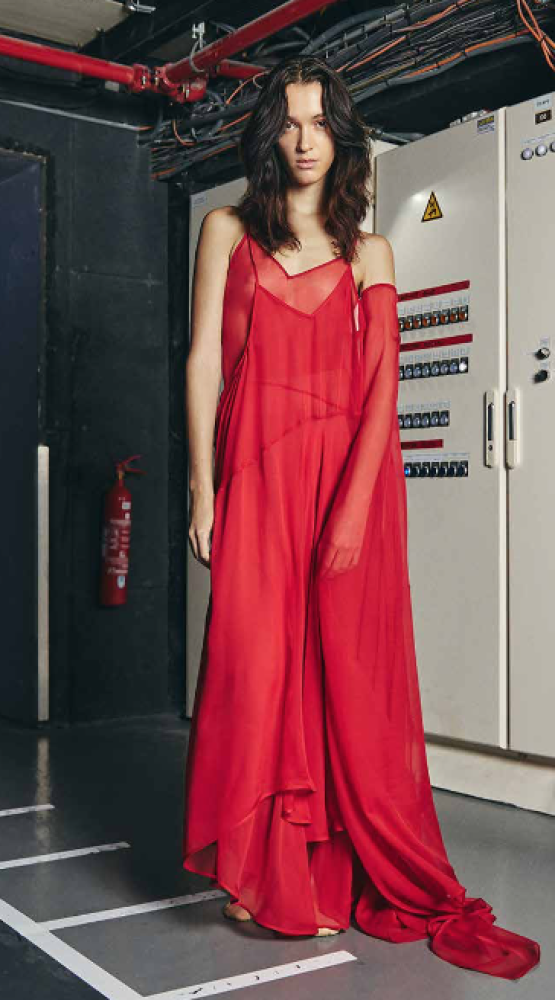
You were a male dancer. Alainpaul is a women’s brand and collection. Were you always planning to
do a women’s collection?
AP: I’d say it’s a mixed collection. There’s women’s, there’s men’s and there’s unisex. There are some very feminine pieces that are aimed at women, and they are fitted on women. There are some masculine pieces and there are more fluid pieces like the jerseys and the denim, which can be unisex and worn across all genders.
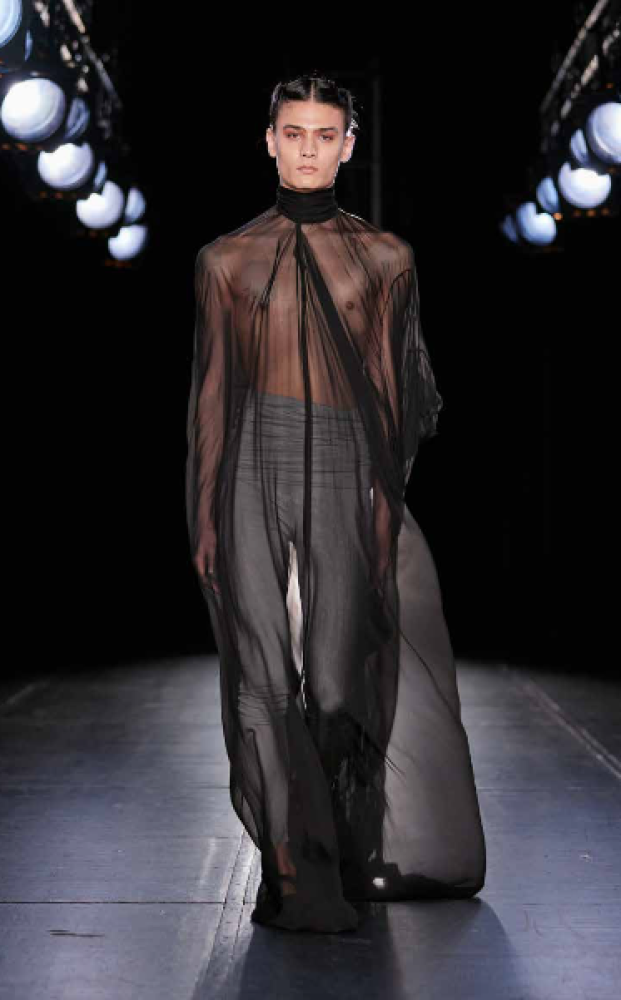
What was the overarching proposition behind collection one?
AP: Collection one had no season. It was a proposition of a wardrobe and was a response to my interest in clothing. I wanted to have different categories mixed together to create an identity. So the first show starts with coats. I was obsessed with coats and discipline and rigour, which is how I grew up in ballet. That represented the rigorous half of myself and that’s why the show begins with tailoring. There are tailored skirts and tailored pants, and there are skirts that can become a top and move around the body but are still recognised as a skirt.
I guess what I wanted to say was that rules are important and they count and the collection starts by evoking that. Then slowly in the show, I deconstruct it because I wanted to say that when you know how things are made – and know how to tailor, how to wash denim, all this – you can be freer in the way you choose to express yourself. And that, I suppose, is what the collection was built around.
Artistically, the first part of the show evokes discipline, then you can think of the middle part of the show as more dancers at rehearsal. I also wanted to reference Pina Bausch’s Rite of Spring for all the dresses. I love her work and how she approaches characters on stage, so I really wanted it to be present in the first collection. The last part of the collection is more about stage wear and performance costuming.
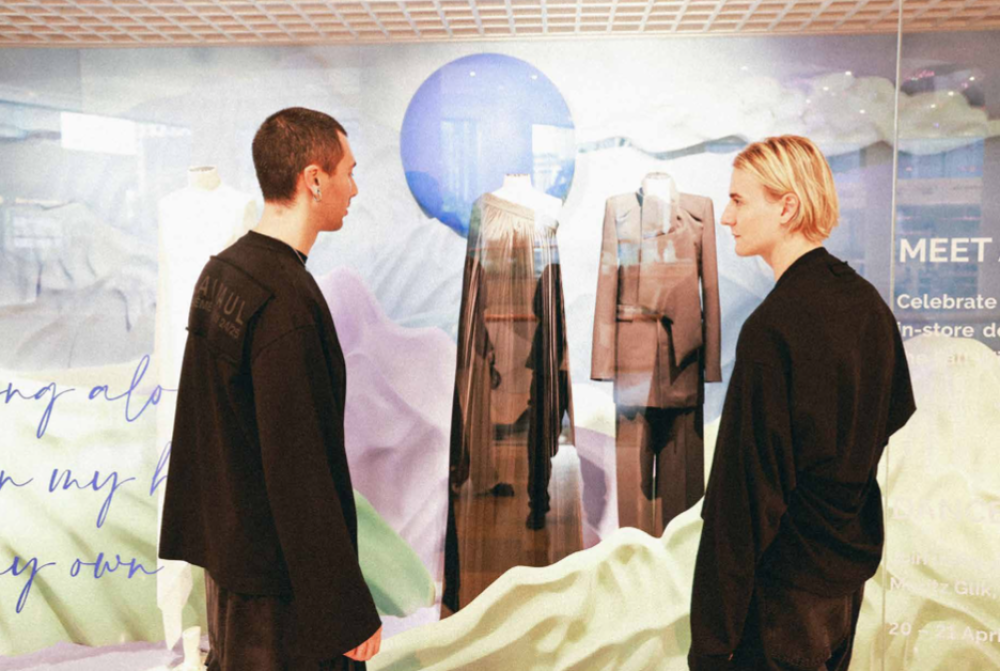
Can you break down the elements for me?
AP: When you start at design school, you first study the tailored jacket and the skirts because there are so many rules in these two pieces that enable you to design all the rest. So the show started with those two pieces.
With the skirt, I want it to move around the body and not just be a skirt but a top as well because, well, why not keep all the codes of the skirt but not be worn as a skirt? I think it’s interesting to think about why we have clothes for the upper body and then lower body and kind of, like, shift that.
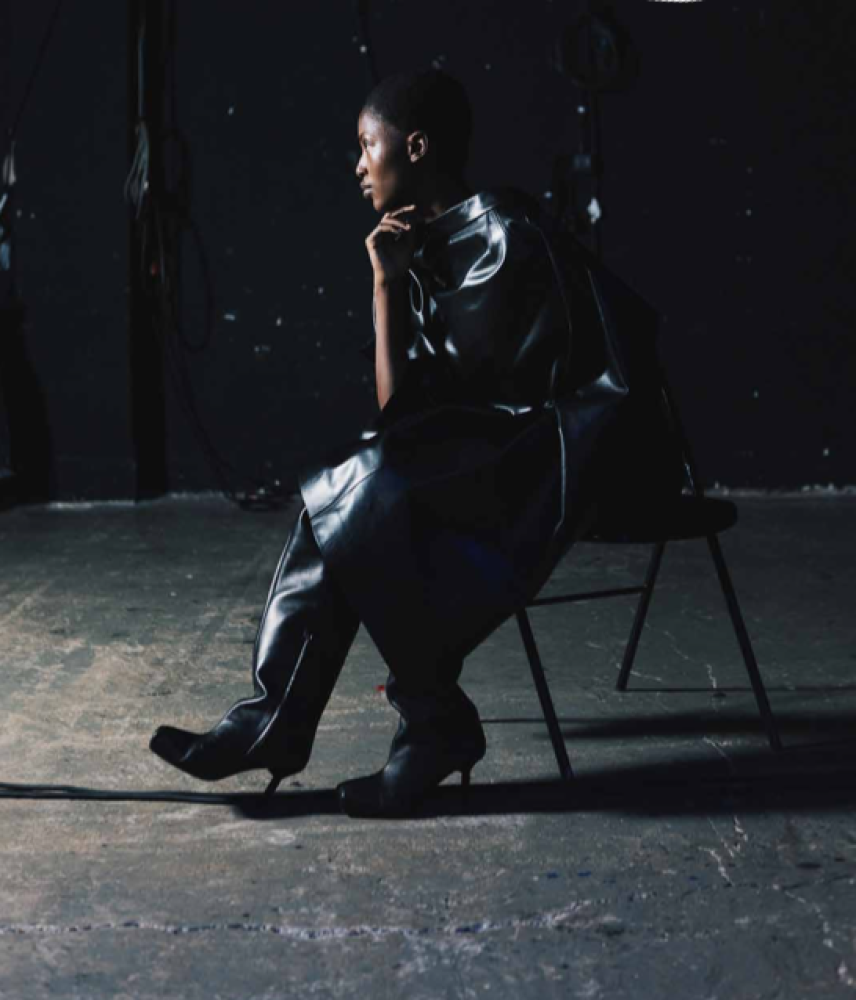
I have these shirts where I built in movement. In ballet, there’s the cambré, where it’s a sort of standing back bend. In this shirt, the sleeves are worn near your neck and on the waist it’s quite tight so when worn, it evokes this gesture. It’s the same with this T-shirt I’m wearing, which is inspired by when we’re rehearsing or in class and it’s hot and we put the T-shirt behind our necks. So the neckline is misplaced and pulled to the back to create this drape.
Our label is actually made of elastics, which is inspired by the fact that the first thing I stitched by hand was the elastics for my ballet shoes (because they come separately so we have to attach them ourselves).
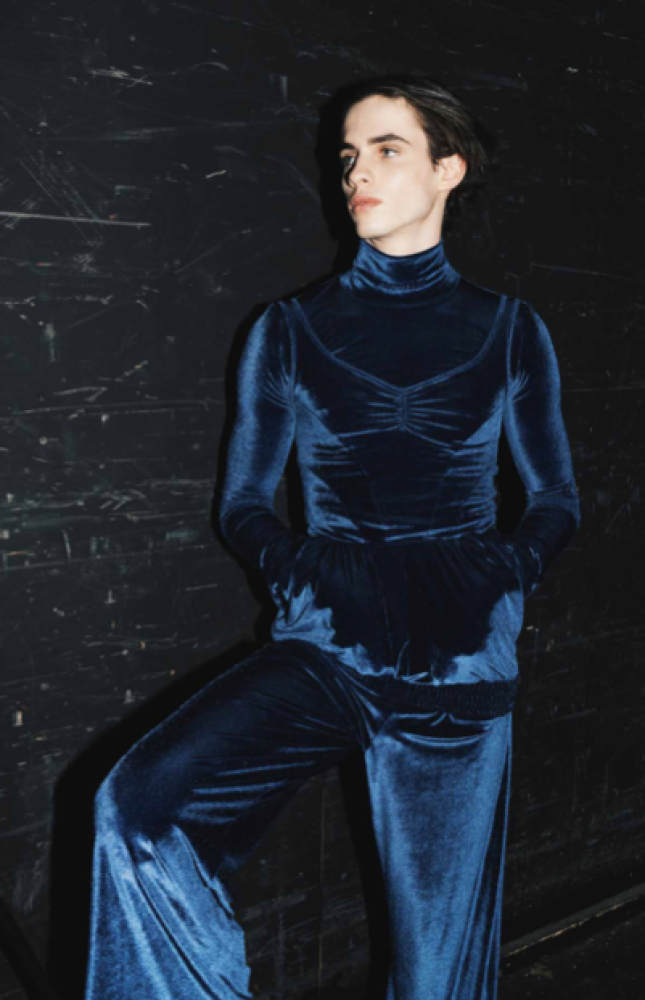
I read an interview where you said you’re not here to disrupt anything but you’re here to be honest.
What does that mean?
AP: What’s in my identity is that I like fashion to be recognisable. I like wardrobes that are urban and not over-designed. So I spend a lot of time selecting fabrics because it’s important to me to have a very precise and elevated fabric selection. It’s to have a certain edge without being aggressive and a sensibility, a restraint, where even though the wearer might want to be different, it’s not just to fit in a certain moment, it’s sophisticated.


